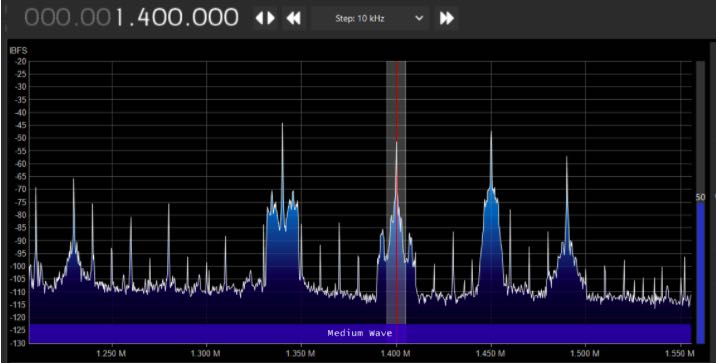 (Source: IEEE Spectrum via Dennis Dura)
(Source: IEEE Spectrum via Dennis Dura)
A Four-Year Program to Tackle a Fundamental Antenna Challenge — IARPA hopes to break past an 80-year-old limit on making small radio antennas more effective
For 80 years, a class of antenna called electrically small antennas has been stymied by a seemingly insurmountable barrier. These antennas, which can receive signals with wavelengths that are much longer than the antennas themselves, are seemingly stuck with designs in which there is a trade-off between high bandwidth and efficiency.
Now, a new program by the U.S. Intelligence Advanced Research Projects Activity (IARPA) agency seeks ways to finally circumvent or overcome these historical limitations for electrically small antennas. Over the next four years, the research teams participating in the Effective Quantitative Antenna Limits for Performance (EQuAL-P) program will work through three phases of progressively more ambitious benchmarks in order to prove their ideas can work.
The simplest form of antenna is a dipole antenna, which is essentially just two pieces of wire placed end to end with a feed point in the middle. The length of this antenna is typically half the wavelength of the signal that is being received or transmitted, so a shortwave radio dipole working in the 20-meter band would be 10 meters long. An “electrically small” antenna is one that is significantly shorter than the wavelength of the signals it is designed for. These antennas typically take the form of small loops or patches.
The benefit of electrically small antennas is clear—as the name implies, they confer an advantage when space is at a premium. Satellites, for example, can use them to reduce mass and free up more space for other components.
But the trade-off with electrically small antennas is that as they get shorter, their bandwidth and radiation efficiency also shrink, eventually hitting something named the Chu-Harrington limit. This has meant that although such antennas have been in use for decades, they remain difficult to design and limited in their applicability. Historically, any attempts to widen the usable bandwidth have decreased these antennas’ radiation efficiency even more, and vice versa. This is the problem the EQuAL-P program is aimed at.
“Because it’s an 80-year problem, we want to give them a little more time to come up with solutions,” says Paul Kolb, the program manager for EQuAL-P. The eight teams participating will work through three increasingly ambitious phases during the next four years to prove their ideas can pass muster.
At the end of 18 months, Kolb says, he hopes to see that the teams have made meaningful progress toward the ultimate goal of a 10-decibel gain in antenna performance in the HF and ultrahigh frequency (UHF) bands. But because of the difficulty of the challenge, teams won’t be required to produce a working demonstration of their technology at that point. [Continue reading full article at the IEEE spectrum…]
